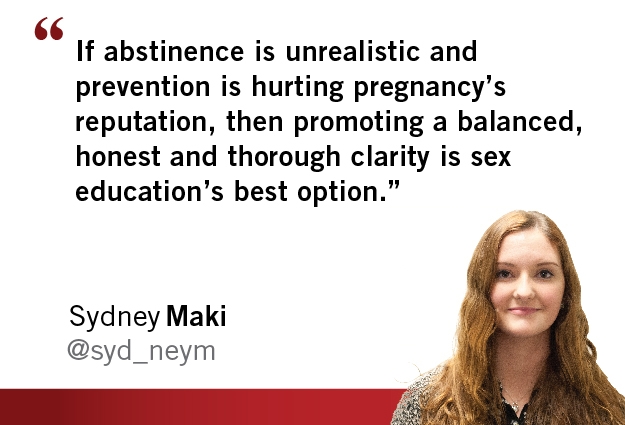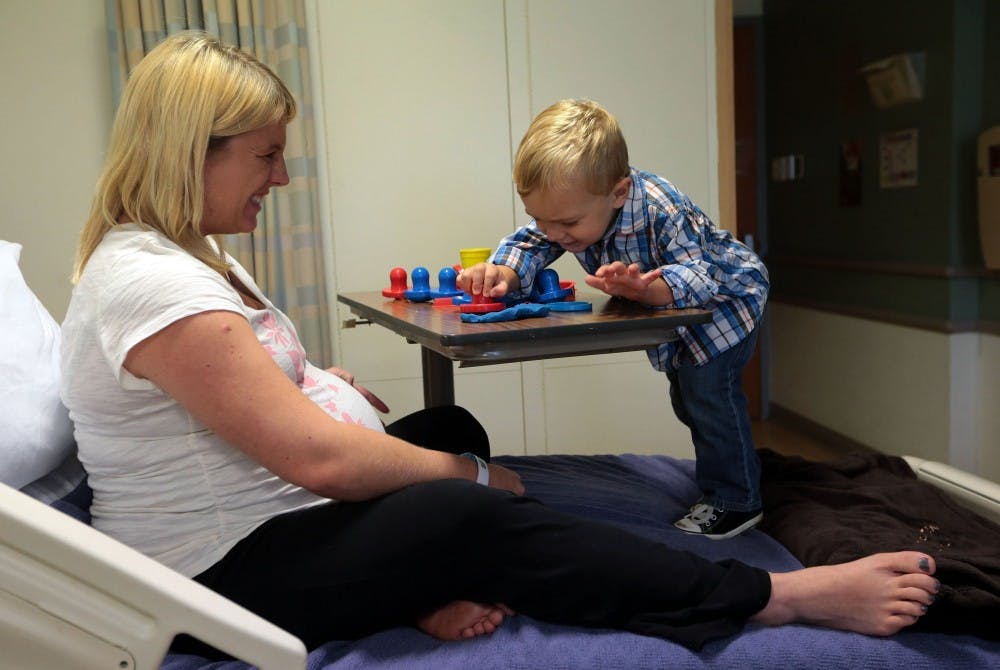Pregnancy is by no means a bad thing. Bringing fresh humans into the world can be very positive, especially for individuals who are prepared and at a level of maturity and responsibility to be a parent. However, sexual education tends to connote pregnancy negatively — it teaches why and how to prevent a pregnancy.
Teaching schoolchildren a realistic and balanced curriculum of pregnancy’s pros and cons can only help to educate and promote a thorough understanding of sex. The tendency to teach abstinence and prevention as sex education limits the comprehension of exactly how pregnancy functions, both in relation to an individual and to a society.
A number of European countries are currently experiencing very low birth rates and are becoming concerned about the shrinking nature of their populations. In response, many countries are pushing their sex education curriculums to focus not only on preventing pregnancy but on the positive aspects of responsible procreation.
“For many, many years, we only talked about safe sex, how to prevent getting pregnant. Suddenly we just thought, maybe we should actually also tell them about how to get pregnant,” the national director of Sex and Society told Danny Hakim of The New York Times.
Hakim's article, " New Topic in Europe’s Sex-Ed Classrooms: Making More Babies,” outlined several national campaigns which were designed to increase the low birth rates in countries like Denmark, Germany, Italy and France. The New York Times reported that Russia designed curved benches to encourage couples to sit closer to each other as part of their “Year of the Family” campaign. Russia also held a Family Contact Day holiday which urged couples to stay home and prepare for Russia Day — exactly nine months later.

More than trying to increase a population, simply teaching children that pregnancy can also be a positive part of life, if a person is ready and desires to start a family, is extremely beneficial for this generation. Scaring children out of sexual encounters out of fear of pregnancy is detrimental and ultimately counterproductive. Being realistic and honest about pregnancy is the fairest form of education, and the best way to promote a thorough understanding of how pregnancy and parenthood will impact a life.
If abstinence is unrealistic and prevention is hurting pregnancy’s reputation, then promoting a balanced, honest and thorough clarity is sex education’s best option. Pregnancy is not bad, but it is a choice. Therefore, it must be addressed as such and shown to be a viable option for many people’s lives, but neither necessity nor taboo.
The decision to teach youths how to get pregnant, in addition to how to avoid it, removes the limits of previous sex education curriculums. Allowing children to understand and have an unabridged knowledge of how sex and pregnancy works will allow for smarter and more responsible decisions. Gaining knowledge on both sides of any issue will always make for a deeper, more profound understanding of the subject. It allows an individual to form their own fully informed opinions and decisions, and personal morals are far stronger than scare tactics.
It is no secret that the U.S. does not have the best sex education practices, but there are ways to improve. Taking notes from the countries that experiment with and implement innovative new curriculums will also allow the U.S. to see the pros and cons of this kind of education for the youths.
Reach the columnist at smmaki@asu.edu or follow @Syd_neym on Twitter.
Like The State Press on Facebook and follow @statepress on Twitter.
Editor’s note: The opinions presented in this column are the author’s and do not imply any endorsement from The State Press or its editors.
Want to join the conversation? Send an email to opiniondesk.statepress@gmail.com. Keep letters under 300 words and be sure to include your university affiliation. Anonymity will not be granted.




